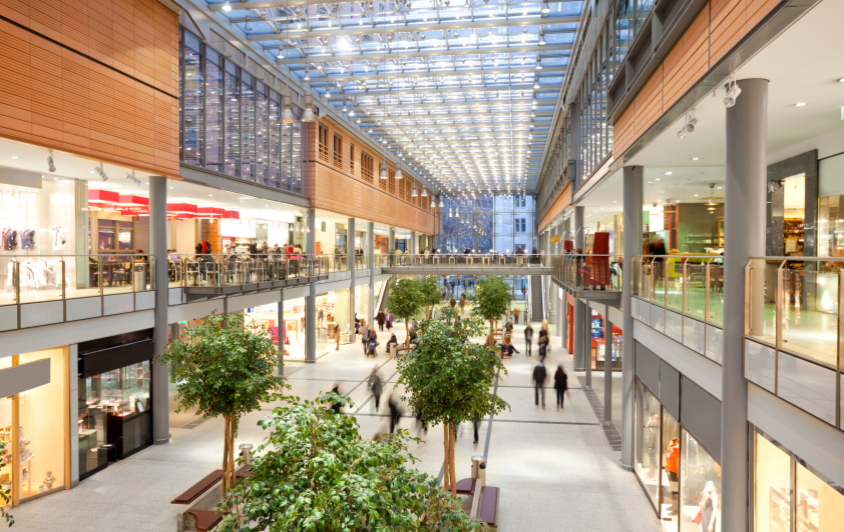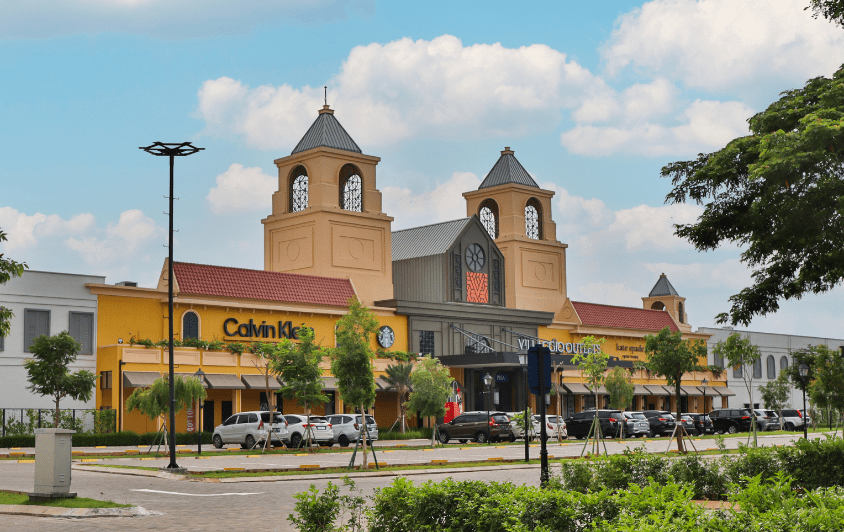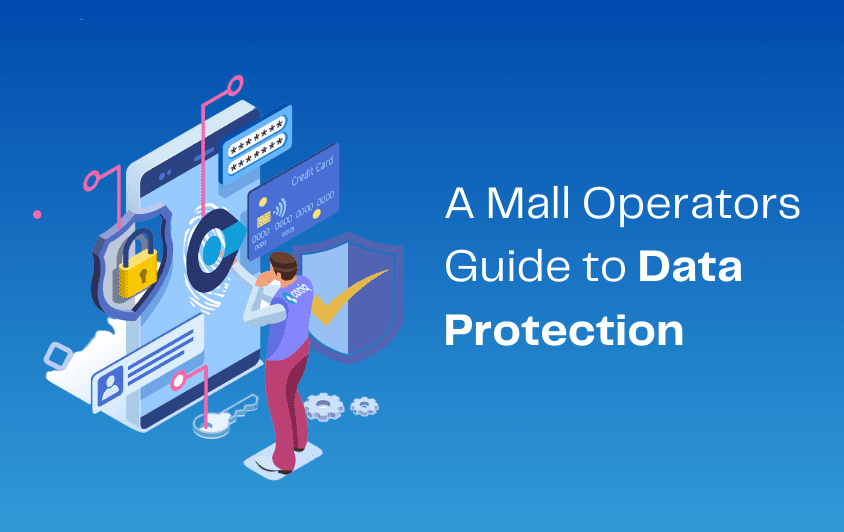In our experience, most retail destinations have a small segment of affluent customers who are responsible for most of the center’s sales. The question is – how do you protect and grow this important revenue source?
To paraphrase F. Scott Fitzgerald, the “very rich are different” from the typical shopper. To be successful, your standard customer loyalty program requires a different approach to engage High Net Worth Individuals (HNWIs) — those who spend more than $500,000 per year on luxury goods.
In this article, you will learn what is required to design a customer loyalty program for luxury brand shoppers, including the types of experience, and services, they expect. You may think this is a lot of work, and it is. The costs will be higher, too, but the financial rewards will be worth the investment.
Defining the Luxury Shopper
It is important to understand who this shopper is to design a loyalty program for high net worth individuals. High net worth individuals comprise less than 1% of the world’s population but account for more than 40% of the world’s wealth.
High net worth individuals shoppers regard and research their purchases carefully. Price may be less of a consideration — just 20% of millennial UK luxury consumers and only 17% of those over 35 for the same category shop luxury because of offers (Deloitte) — but value remains essential. This includes the quality of what is being purchased and the experience of the purchase itself.
Creating a loyalty program for wealthy shoppers requires us to understand two things:
-
- 1. While luxury consumers may be less price-conscious than other consumers, they don’t typically want to spend recklessly and will take advantage of a good deal. The nuance to this good deal is one of delivering value rather than just low prices.
- 2. Luxury consumers are more likely to spend if they receive a tailored experience based on their needs.
With these two things in mind, it is essential to design a loyalty program that delivers the value that all shoppers appreciate and a level of service and exclusivity that reflects the shopper’s status.
Loyalty and high net worth individuals Shoppers
High net worth individuals want to feel special — that they, because of their success, have access to the exclusivity of merchandise and experience. Brand exclusivity is vital for luxury brands because it attracts and retains its customers to its scarce and rare qualities. A retail loyalty program can be a key component.
For luxury brands, repeat purchases are critical, so loyalty needs to be at the heart of their business. It’s important to remember that not all luxury shopper purchases are planned and not always purchased for the shopper themselves. Buying for others is an essential component of the luxury consumer’s share of the wallet, and impulse is still the dominant driver of luxury purchasing decisions. Driving this shopper regularly into the store, where add-on purchases are more likely, is critical.
It is important that luxury brands deliver a service to their customers that not only encourages them to spend while in-store but also makes them feel as great about the process of making their purchase as they do about the product itself. Retailers and brands looking to attract this market are not just selling goods or services — they’re selling a dream of belonging to this exclusive “club” while doing so discreetly.
Saving money is not a chief motivator for this consumer. Luxury brands must leverage “experiential” preferences, including invitations to collection previews, first places on exclusive limited items waiting lists, ‘complimentary’ delivery service, etc. That noted, who doesn’t love a bargain? Discounts, however, should be framed as “gifts” to thank them for their loyalty — or a way to treat themselves after spending significant sums on others. The average luxury consumer intends to spend more on themselves than others at Christmas, Deloitte said.
Technology has given us new ways to communicate with these consumers. It has taken time, but luxury brands have at long last realized the power of social media to appeal to high net worth shoppers. According to Deloitte, approximately 85% of luxury consumers use social media — each using an average of three platforms. More generally, PwC reports that 98% of high net worth individuals access the internet daily. Luxury loyalty programs must utilize social media to reach and learn about these shoppers. They’ll tell you the services and reward that matter to them — if you engage with them.
Designing a loyalty program and its objectives
Regardless of the affluence of the shopper you’re trying to reach. Any in engagierte Kunden. needs a clear set of objectives. It is reasonable to say that the goal of any loyalty program is to encourage your customers to visit your stores more frequently and to increase the amount they spend when they visit. More than that, your program needs to build a feeling of belonging — a feeling that when your customer wants that new outfit or accessory, your store is where they want to be.
When you design a loyalty program, it is essential to have the flexibility to allow the customer to have the shopping experience they want, whether a more affordable product, a complimentary lunch, or star treatment in the VIP lounge. This is even more true for high net worth individuals, who should have a significantly elevated set of criteria to qualify for their loyalty programs — perhaps invitation-only or a high membership fee. In return, these members should have a higher degree of personalized engagement — perhaps a dedicated consultant or additional rewards after certain purchasing or referral levels, social media posts shared, etc.
An additional option is to allow your customers to buy into the top tiers of your program. This could be by buying access to the most elevated rewards through a paid membership option or rewarding shoppers who make big purchases with a special treat. Maybe your baseline program rules require someone to spend $10,000 annually to be promoted to your top tier. But if they spend $5000 in a single visit, you can shortcut that process and reward them immediately with dinner or an invitation to an upcoming event.
If you can get this baseline mechanic right, your customers should drive engagement. Your great payoff isn’t only in the increased spend from a more loyal customer base. It’s in what you can learn about your shoppers and how they like to shop. In turn, this will help you improve the shopping experience for all your customers and plan where you spend your money for the best return.
It is equally important to recognize that not all of your customers will have the means to be the type of shopper you really want. Your retail loyalty program should have something for everyone. A strong baseline mechanic will appeal to all of your customers and may be enough to deliver all the value that some of your customers need. For others, it will be the means to unlocking the shopping experience that suits them best.
Brands that achieve this can expect their customers to return time and time again and, importantly, spread the word to their friends and family.






